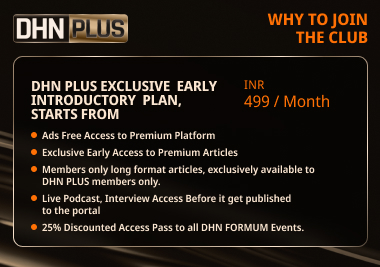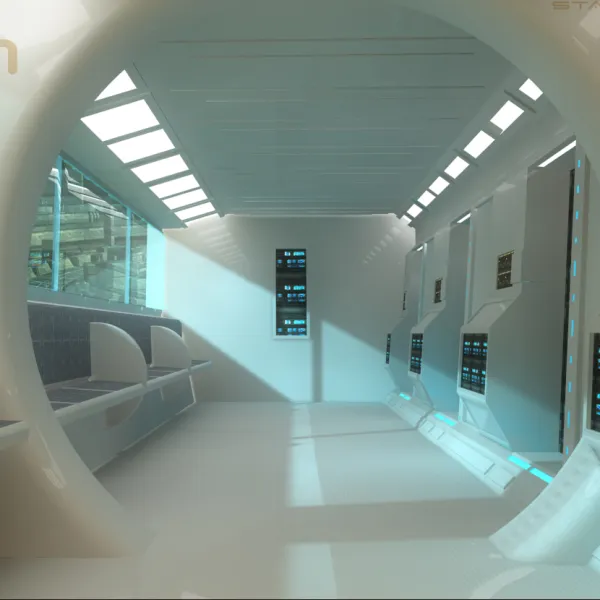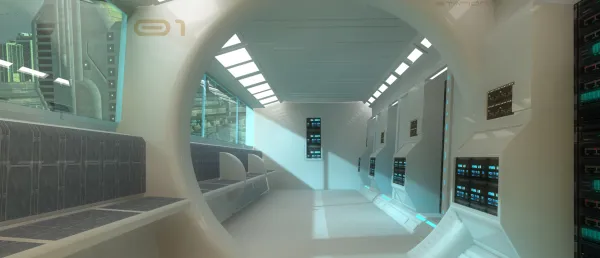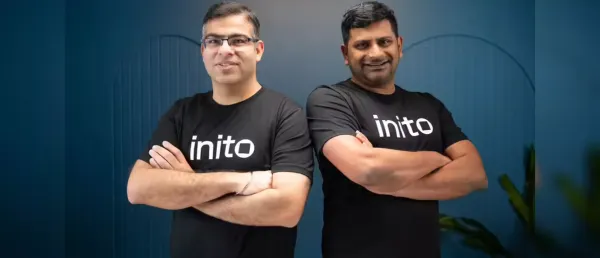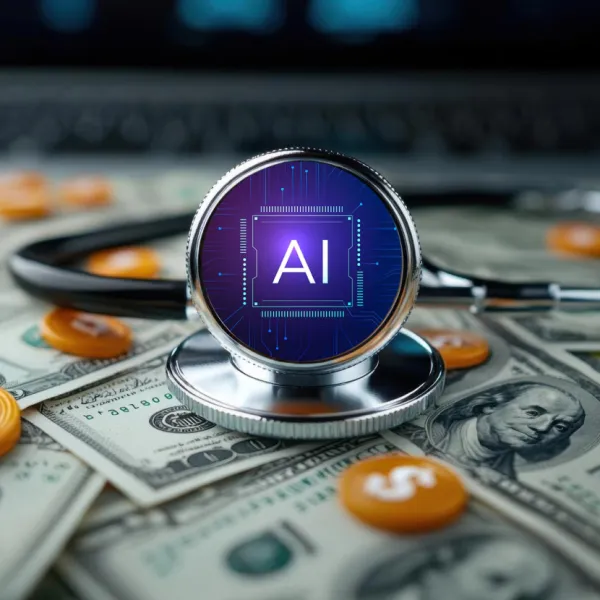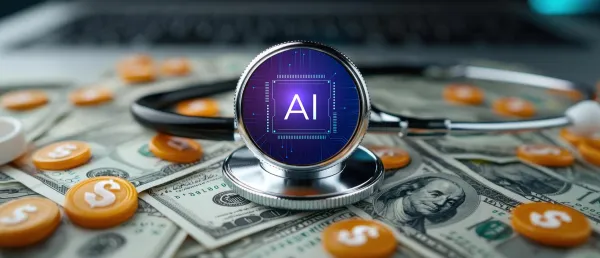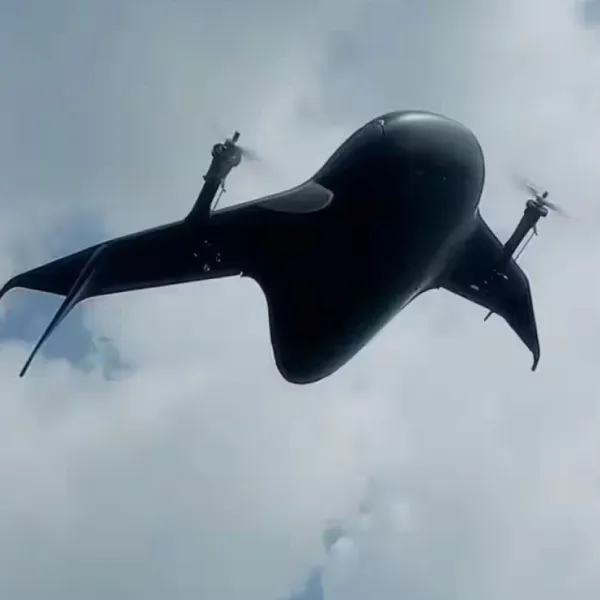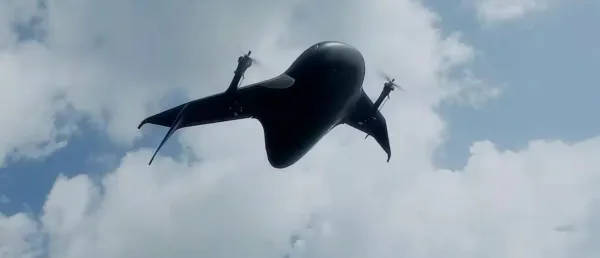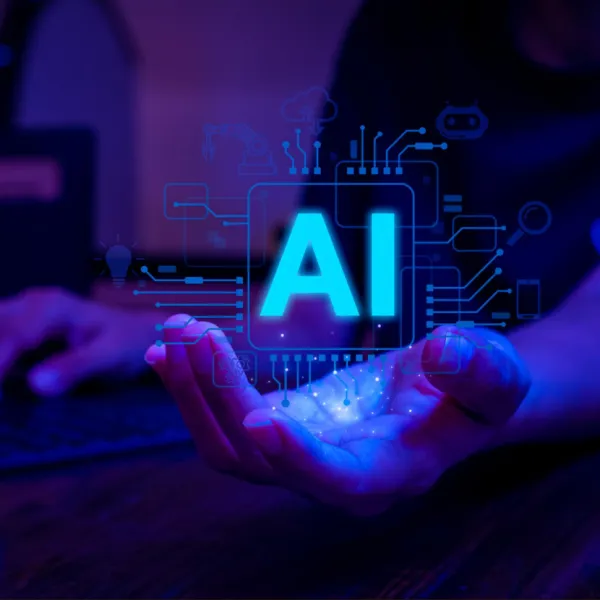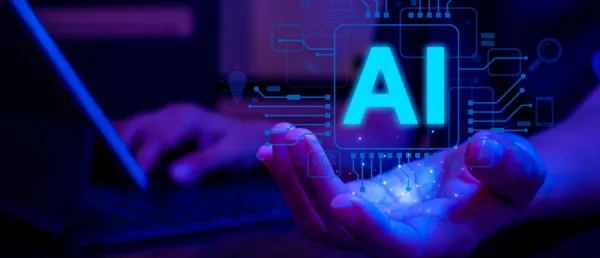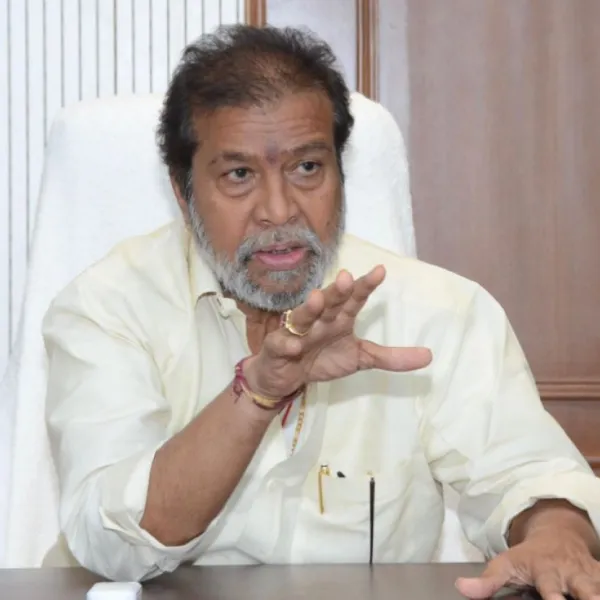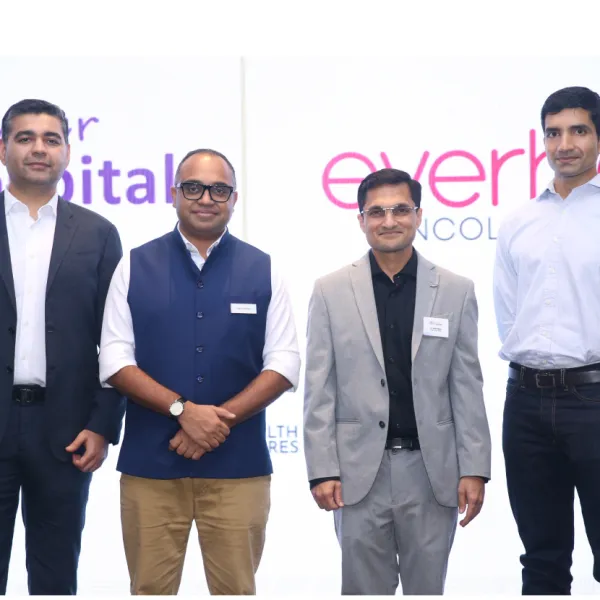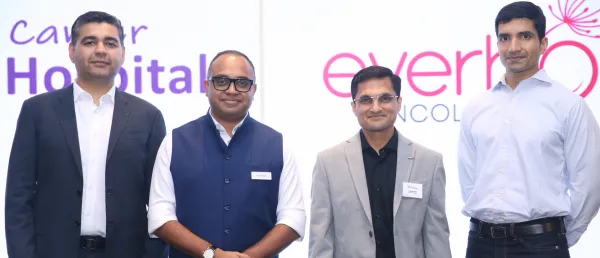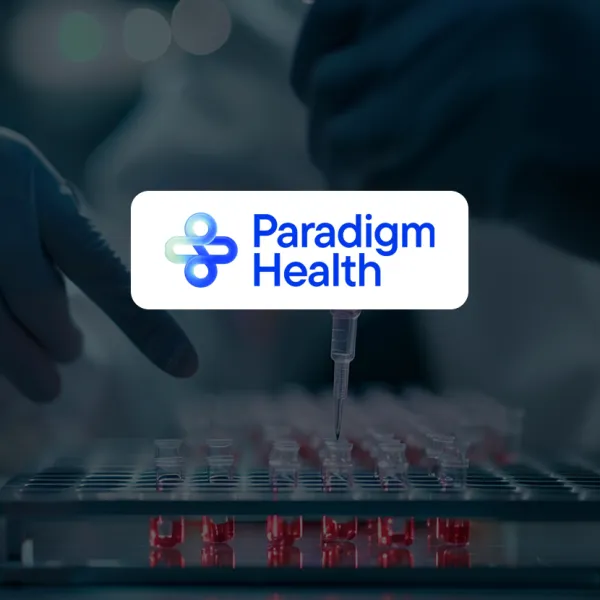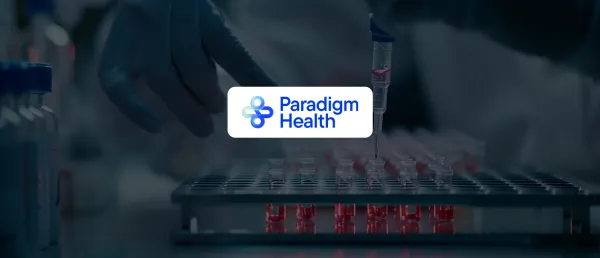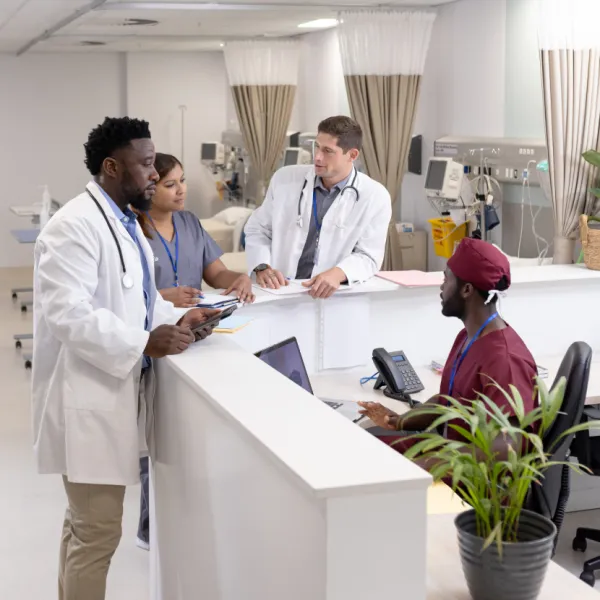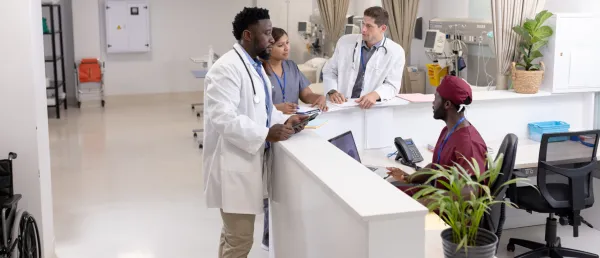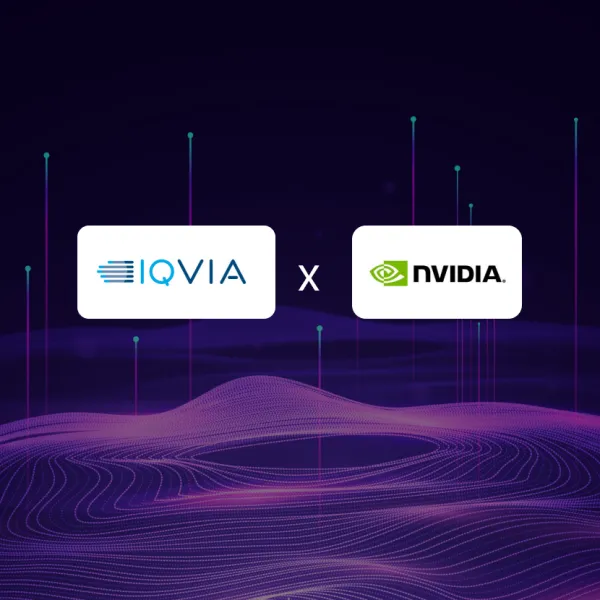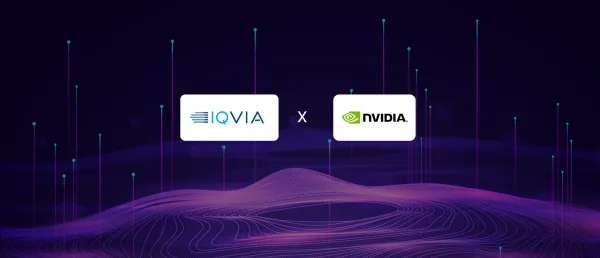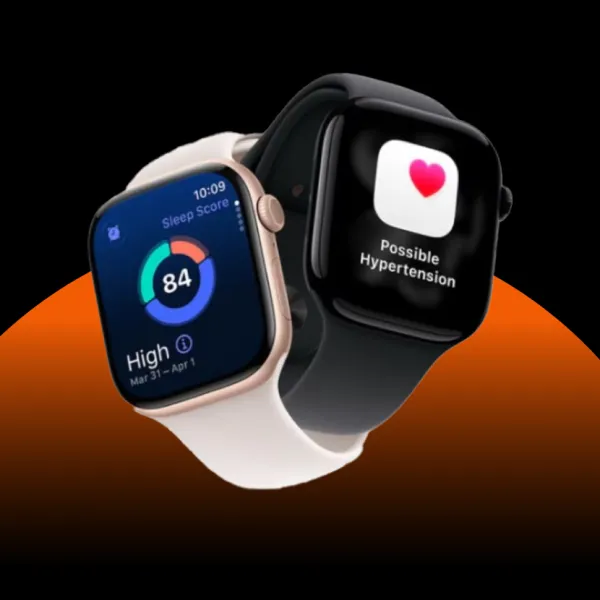IISc & Aster-CMI Develops AI Tool To Detect Carpal Tunnel Syndrome

Reportedly, the AI tool can achieve over 95% accuracy in detecting CTS at the wrist region while also assisting doctors in performing treatments that require local anesthesia or nerve blockage to relieve pain.
Indian Institute of Science (IISc) researchers, in collaboration with Aster-CMI Hospital, have developed an Al tool that can identify the median nerve in ultrasound videos and detect carpal tunnel syndrome (CTS).
CTS occurs when the median nerve is compressed at the wrist's carpal tunnel, leading to numbness, tingling, or pain. It's a prevalent nerve-related issue, particularly impacting those with repetitive hand movements, like office workers, assembly line employees, and athletes.
This newly developed AI tool is a machine-learning model that works by segmenting the nerve in individual frames of the video and measuring its cross-sectional area. Further, it can help doctors diagnose CTS faster and more accurately, especially for people who have repetitive hand movements that can compress the median nerve.
Reportedly, the AI tool can achieve over 95% accuracy in detecting CTS at the wrist region while also assisting doctors in performing treatments that require local anesthesia or nerve blockage to relieve pain.
"But unlike X-rays and MRI scans, it's hard to detect what's happening in ultrasound images and videos... At the wrist, the nerve is quite visible, its boundaries are clear, but if you go down to the elbow region, there are many other structures, and the boundaries of the nerve are not clear," explains Karan R Gujarati, first author and former MTech student at the Department of Computational and Data Sciences (CDS), IISc.
Under the collaboration, Aster CMI Hospital provided access to their ultrasound machines and medical images for training and testing the AI models while also providing feedback and suggestions to improve the performance and accuracy of the models.
The partnership seeks to build advanced AI products in the healthcare domain and train healthcare professionals in the field of AI. Moreover, the partners look forward to participating in joint workshops and exchange of personnel with IISc researchers to increase cooperation and collaboration in making AI in medicine more effective both for clinicians as well as patients.
The study was published in IEEE Transactions on Ultrasonics, Ferroelectrics, and Frequency Control.
Sharing his thoughts, Lokesh Bathala, lead consultant neurologist, Aster-CMI Hospital, said, "Initially, we trained the model on one nerve. Now we are going to extend it to all nerves in the upper and lower limbs. It has already been deployed as a pilot test in the hospital where doctors can see its performance real-time.’’
Bathala says that the next step would be to look for ultrasound machine manufacturers who can integrate this into their systems. "This kind of tool can assist any doctor. It can reduce the inference time. But of course, the final diagnosis will need to be done by the physician," he added.
In September this year, IBM partnered with IIT-B and IISc to drive hybrid cloud advancements and generative AI. This partnership aims to drive advancements in healthcare by utilising hybrid cloud and artificial intelligence (AI) technologies.
Stay tuned for more such updates on Digital Health News




